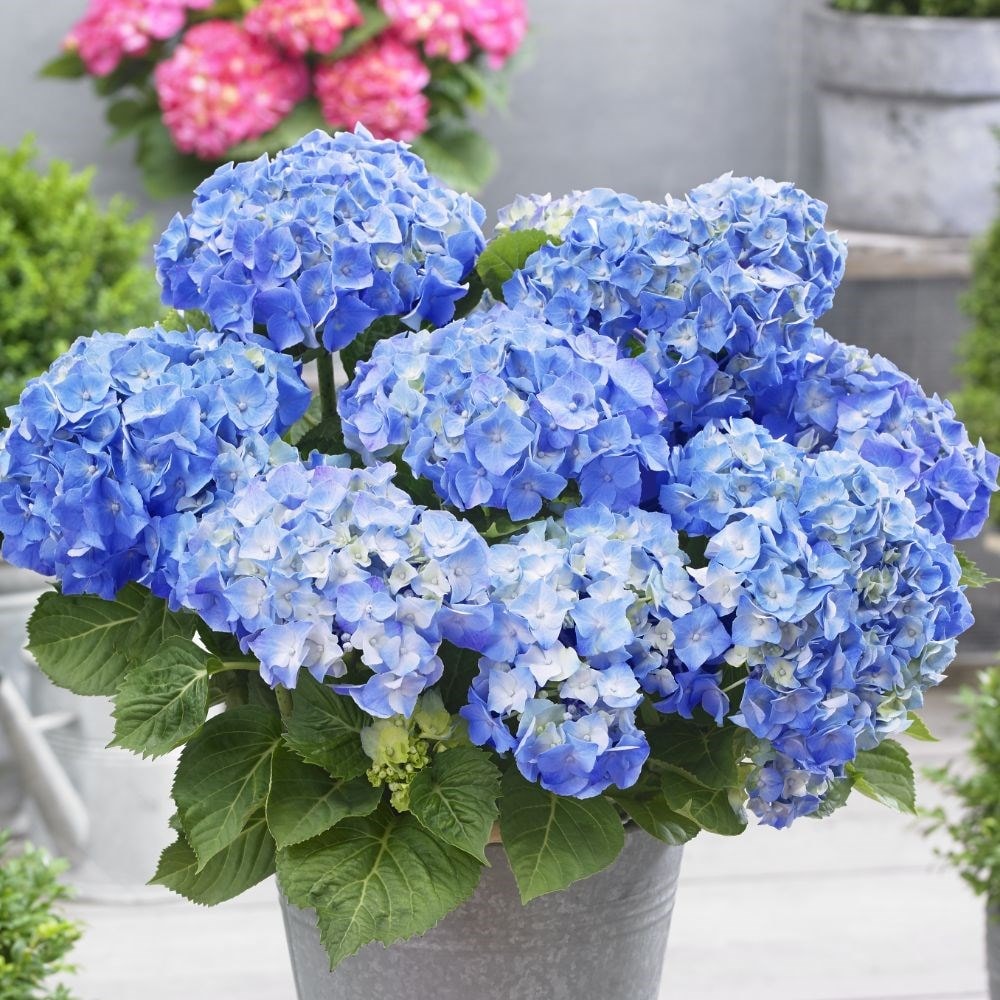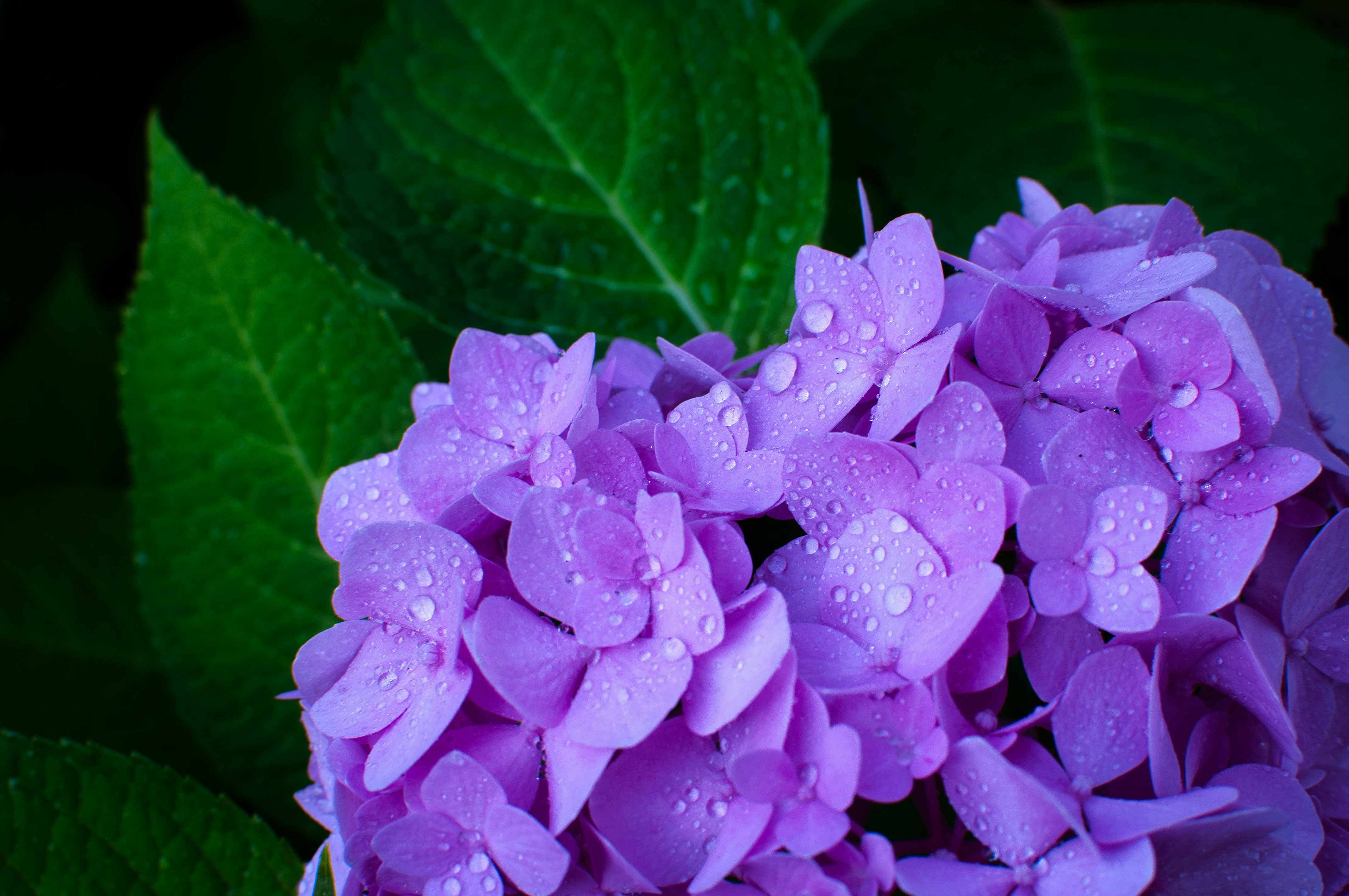The Mophead Hydrangea: A Showstopping Shrub
The Mophead Hydrangea: A Show-Stopping Shrub
Hydrangeas are one of the most popular flowering shrubs in the world, and for good reason. They come in a wide variety of colors, sizes, and shapes, and they can be grown in a variety of climates. Mophead hydrangeas are one of the most popular types of hydrangeas, and they are easy to grow and care for.
What is a Mophead Hydrangea?
A mophead hydrangea is a type of hydrangea that has large, rounded clusters of flowers. The flowers are made up of many small, sterile florets, which give the flower a mop-like appearance. Mophead hydrangeas can be a variety of colors, including blue, pink, purple, and white.
How to Grow Mophead Hydrangeas
Mophead hydrangeas are relatively easy to grow. They prefer full sun to partial shade, and they need well-drained soil. Mophead hydrangeas are also heavy feeders, so they will need to be fertilized regularly.
Caring for Mophead Hydrangeas
Mophead hydrangeas are relatively low-maintenance shrubs. They should be watered regularly, especially during the summer months. They should also be fertilized once a month during the growing season. In the winter, mophead hydrangeas should be protected from frost.
Pruning Mophead Hydrangeas
Mophead hydrangeas can be pruned in the spring or fall. Spring pruning is typically done to remove dead or damaged branches. Fall pruning is typically done to shape the shrub and to remove any branches that are crossing or rubbing against each other.
Troubleshooting Mophead Hydrangeas
Mophead hydrangeas are generally very healthy shrubs. However, there are a few problems that can occur. One common problem is leaf spot. Leaf spot is a fungal disease that can cause the leaves of the hydrangea to turn brown or black. Another common problem is powdery mildew. Powdery mildew is a fungal disease that can cause the leaves of the hydrangea to become covered in a white, powdery substance.
Tips for Growing Mophead Hydrangeas
Here are a few tips for growing mophead hydrangeas:
- Plant mophead hydrangeas in a location that gets full sun to partial shade.
- Provide mophead hydrangeas with well-drained soil.
- Fertilize mophead hydrangeas once a month during the growing season.
- Protect mophead hydrangeas from frost in the winter.
- Prune mophead hydrangeas in the spring or fall.
Conclusion
Mophead hydrangeas are beautiful and easy-to-grow shrubs that can add a touch of elegance to any garden. With proper care, mophead hydrangeas will bloom for many years to come.
Mophead hydrangeas are one of the most popular flowering shrubs in the world, and for good reason. They are known for their large, showy blooms that can come in a variety of colors, including blue, pink, and white. If you are thinking about adding a mophead hydrangea to your garden, I highly recommend visiting . This website has a wealth of information about mophead hydrangeas, including how to choose the right variety for your climate, how to plant and care for them, and how to troubleshoot common problems.
In addition to its comprehensive information about mophead hydrangeas, also features beautiful photos of these stunning flowers. Whether you are a beginner gardener or an experienced horticulturist, you will find something useful on this website.
So what are you waiting for? Visit today and learn everything you need to know about mophead hydrangeas!
FAQ of mophead hydrangea
Q: What is a mophead hydrangea?
A mophead hydrangea is a type of hydrangea that produces large, round clusters of flowers. The flowers are typically white, pink, or blue, and they can be quite showy. Mophead hydrangeas are a popular choice for gardens, and they can be grown in a variety of climates.
Q: How do I care for a mophead hydrangea?
Mophead hydrangeas are relatively easy to care for. They need full sun or partial shade, and they prefer moist, well-drained soil. They should be watered regularly, especially during hot, dry weather. Mophead hydrangeas also benefit from being fertilized in the spring and fall.
Q: How do I change the color of my mophead hydrangea?
The color of a mophead hydrangea's flowers is determined by the acidity of the soil. In alkaline soil, the flowers will be blue. In acidic soil, the flowers will be pink. You can change the color of your mophead hydrangea's flowers by adjusting the pH of the soil.
Q: What are some common problems with mophead hydrangeas?
Some common problems with mophead hydrangeas include:
- Leaf spot
- Powdery mildew
- aphids
- scale insects
- deer damage
These problems can be treated with a variety of methods, including:
- Fungicides
- Insecticides
- Physical barriers
Q: How do I propagate a mophead hydrangea?
Mophead hydrangeas can be propagated by taking cuttings or by dividing the root system.
To take cuttings, you will need to cut a piece of stem that is about 4 inches long. The stem should have at least two nodes. Remove the leaves from the bottom half of the stem. Plant the cutting in a pot of potting mix and keep the soil moist. The cutting should root in about 4-6 weeks.
To divide the root system, you will need to dig up the hydrangea plant and carefully separate the roots. Plant the divided plants in separate pots or in the ground.
Image of mophead hydrangea
- Image 1: A large mophead hydrangea in full bloom, with blue flowers.

- Image 2: A close-up of a mophead hydrangea flower, showing the individual petals.
- Image 3: A white mophead hydrangea in bloom, with a backdrop of green leaves.

- Image 4: A pink mophead hydrangea in bloom, with a border of yellow flowers.

- Image 5: A mophead hydrangea in bloom, with a bird perched on one of the flowers.

Post a Comment for "The Mophead Hydrangea: A Showstopping Shrub"